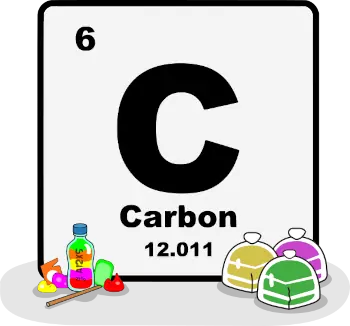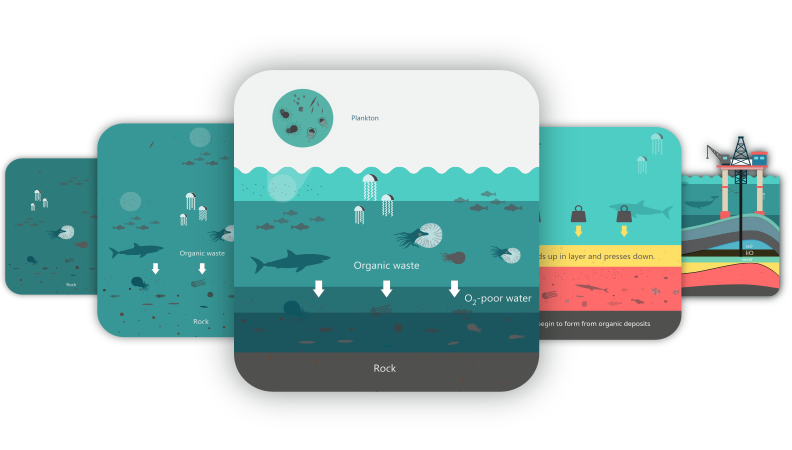The Brickable Designator Icon can be placed on single-use plastics to designate its next life as an ecobrick. Our free Kit contains everything you need to guide your packaging and products into a spiral and green life-cycle
Transitioning from plastic is not easy. Try as we might, in our day and age, regulations and markets demand the use of plastic for just about everything. However, plastic in-itself is not the problem. Rather, it is our poor design and planning. In particular: the failure to designate a next-life for our plastic creations that avoids the perils of promoting yet more plastic consumption and yet more industrial plastic processing.
Designing a product as spiral is the first and essential step in an enterprise’s plastic transition. Phasing it out entirely is the second. Ecobrickable Designation enables companies to start their plastic transition today.
Earthen Design Philosophy
The context and call for spiral design.
For many companies making the transition to regenerative products is daunting. It appears to require large investments in manufacturing, materials, systems and certifications. Furthermore it may seem that alternative organic materials do not yet meet health and safety standards and are not yet cost effective.
As a transition-step, plastic products and packaging can be made brickable!
Designing a product as ecobrickable— and clearly designating it as so— is a first step into earthen spiral design. By designating a product or package as ecobrickable we can keep plastic out of industrial recycling and incineration that cause more problems than they create. Encouraging the use of plastic to make it an ecobrick shows the way to the plastic's next life and purpose as a reusable building block.
Ecobricks and their applications are themselves fully spiral and based on regenerative principles, enabling the plastic's indefinite and localized reuse towards long-term sequestration. Both the Brickable Designator Icon and ecobricking are based on following the Earth's example of carbon care and the ethics of ecologial contribution.
🟢 Learn more about Spiral Design
🟢 Learn more about Plastic Sequestration
🟢 Learn more about the Earthen Ethic of Spiralling Cycles
🟢 Learn more about the Earthen Ethic of Concentration
Brickable Icon Useage Criteria
The material criteria for products to use the designator icon.
The GEA has established simple criteria to meet when designing your product or packaging. It is obligatory that your product meet these stipulation in order to use Ecobrickable Designator Symbol your product or packaging must…
...not contain substances that will corrode PET plastic over time.
...not contain any primary or secondary biodegradable material.
... be easily disassembled, broken or cut into parts that can fit within the 22mm diameter neck of a standard PET bottle.
...maximize the ease of disassembly for this purpose.
...not have sharp protrusions that could puncture an ecobrick from within while it is being packed down.
...not contain reactive chemicals, or if so, these components are clearly marked as un-brickable.
See How Its Used
Companies and corporations around the world use the designator icon for their non-recyclable packaging.
Creative Commons License
Conditions for graphic use
The Ecobrickable Designator & Stickers are licensed under a Creative Commons Attribution-NoDerivatives 4.0 International License. This is to ensure the standardized and resonant usage of the designators by committed and resonant companies and individuals. See copyright notice and terms below.

Creative Commons Attribution-NoDerivatives 4.0 International License.
Get Started!
Download the Brickable Designator Kit today to use on your legacy plastic products and packaging. The ZIP package includes:
- Icon & Sticker Design Elements (Vector / PDF)
- Recommended colors (Vector / PDF)
- Example of A3 sticker printing (JPEG)
- High, medium and low resolution icons (PNG)
- Terms and Conditions of use (TXT)
- Creative Commons Attribution-NoDerivatives 4.0 International License (TXT/PNG)
ZIP file | 3.2MB

Aliansi Ecobrick Global
GEA berdedikasi untuk mempercepat transisi plastik. Kami memimpin aplikasi GoBrik dan blockchain Brikcoin.
Desain Spiral
Aplikasi Ecobrick mengikuti prinsip Earthen dalam menciptakan siklus pengayaan-- baik secara sosial maupun ekologis.
Pelajari Lebih Lanjut
↗️ Pelajari prinsip Bumi ini

Plastik adalah Karbon
Plastik sebagian besar terbuat dari biomassa karbon purba yang tersimpan selama jutaan tahun di bawah bumi. Berdasarkan massa molar plastik PP, LDPE, HDPE dan PE mengandung 85,6% karbon. PET mengandung 62,5% karbon dan Polisterena 92,3%.
🔢 Perhitungan
Arahkan kursor untuk mempelajari lebih lanjut.
Sila Konsentrasi
Aplikasi Ecobrick mengikuti prinsip desain Tanah untuk mengintegrasikan plastik dalam siklus spiral menuju konsentrasi.
Pelajari lebih lanjut








